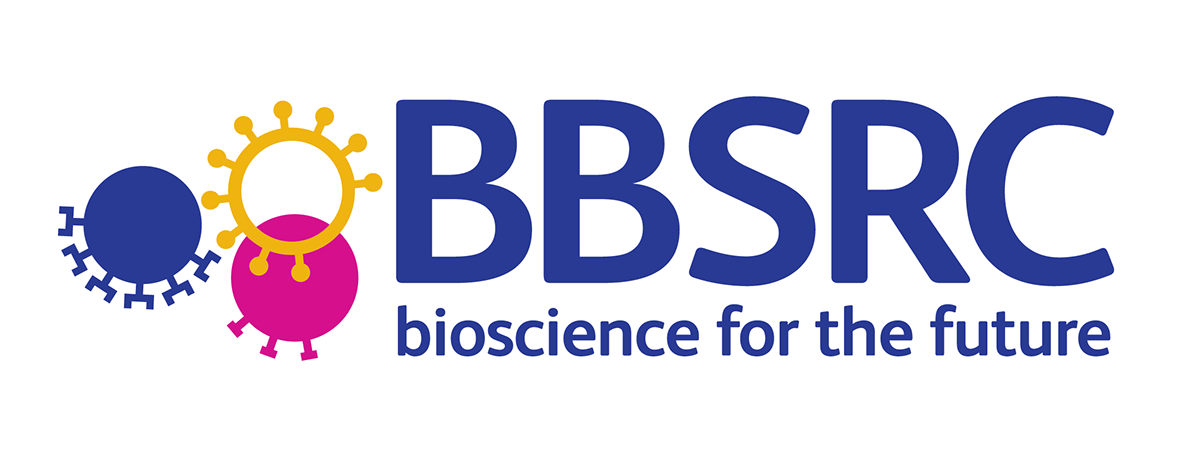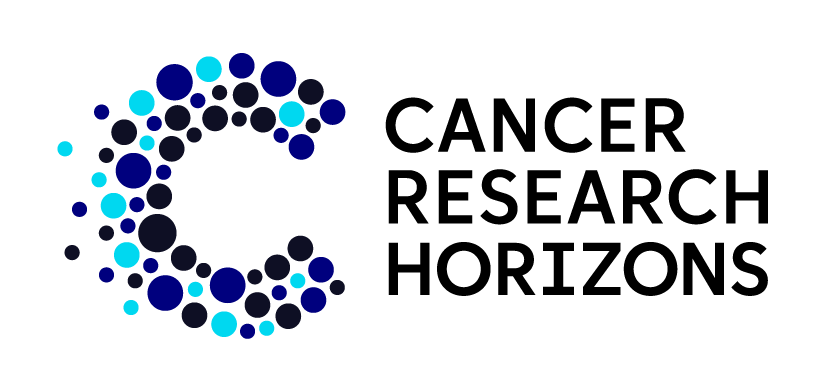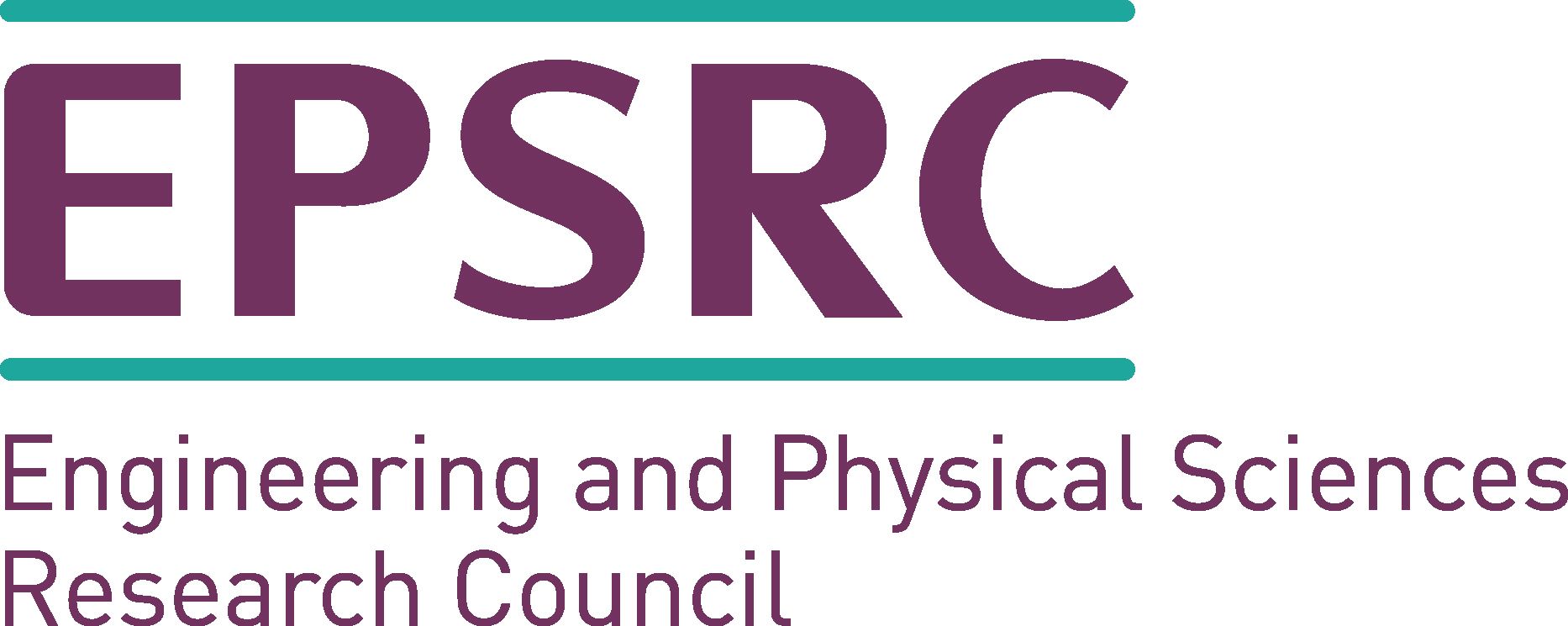News
New Paper – Adapting covalent inhibitors to deliver cytotoxic agents
J. Med. Chem., 2023, 66, 12324-12341
https://doi.org/10.1021/acs.jmedchem.3c00845
https://pubs.acs.org/doi/10.1021/acs.jmedchem.3c00845
Pasquale A. Morese, Nahoum Anthony, Michael Bodnarchuk, Claire Jennings, Mathew P. Martin, Richard A. Noble, Nicole Phillips, Huw D. Thomas, Lan Z. Wang, Andrew Lister, Martin E. M. Noble, Richard A. Ward, Stephen R. Wedge, Hannah L. Stewart* and Michael J. Waring*
A major shortcoming of cytotoxic chemotherapy is the lack of selectivity toward noncancerous cells and an enduring aim in cancer research is the delivery of cytotoxic drugs to tumour cells in a targeted manner. Though a simple concept, molecular targeting of cancers requires the identification of a specific mechanism to selectively localize a therapeutic agent within a tumour and for the agent to deliver a cytotoxic effect once it has reached its site of action. Identification of an appropriate mechanism is challenging due to the similarities between tumour and normal cells.
The epidermal growth factor receptor (EGFR) is a receptor tyrosine kinase that is commonly mutated in non-small cell lung cancer (NSCLC). Tumours harbouring activating mutations in EGFR have been shown to be amenable to treatment with small molecule EGFR inhibitors. Irreversible EGFR inhibitors function by targeting a cysteine residue and it was reasoned that these covalent inhibitors could be adapted to deliver cytotoxic agents.
Studies on model systems showed that conjugated 5-fluorouracil (5FU) could be released upon thiol addition in relevant time scales and so the synthesis, binding and release of 5FU-EGFR inhibitor conjugates were investigated to assess their potential to provide a targeted delivery paradigm.
This work demonstrates that the desired release of 5FU depends on the electronics and geometry of the compounds and establishes that acrylates can be used to release conjugated molecules upon covalent binding to proteins.
Overall, results provide strong evidence that acrylate ester systems can be used as a delivery vector to release 5FU in cells via an addition−elimination reaction with EGFR. While the increases in growth inhibition observed with this combination are modest, 5FU is relatively weakly active as a cytotoxic agent. This approach may provide a general method for specific targeting agents, such as cytotoxic chemotherapy, to cancer cells via covalent binding to tumour-specific proteins.
Last modified: Tue, 23 Jan 2024 08:37:27 GMT








